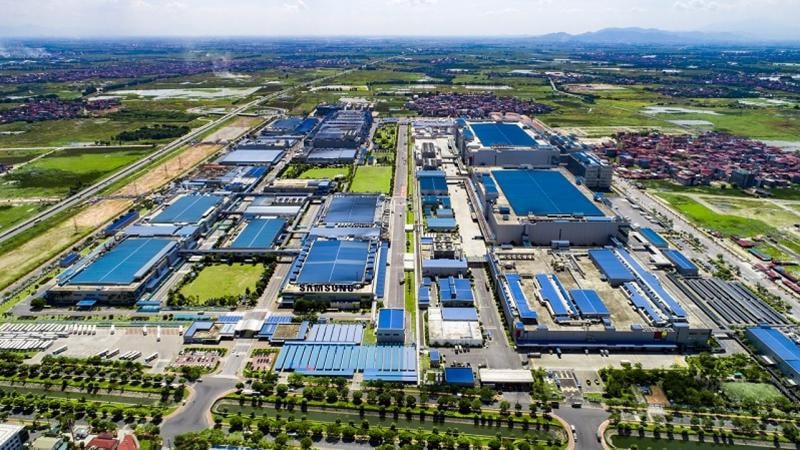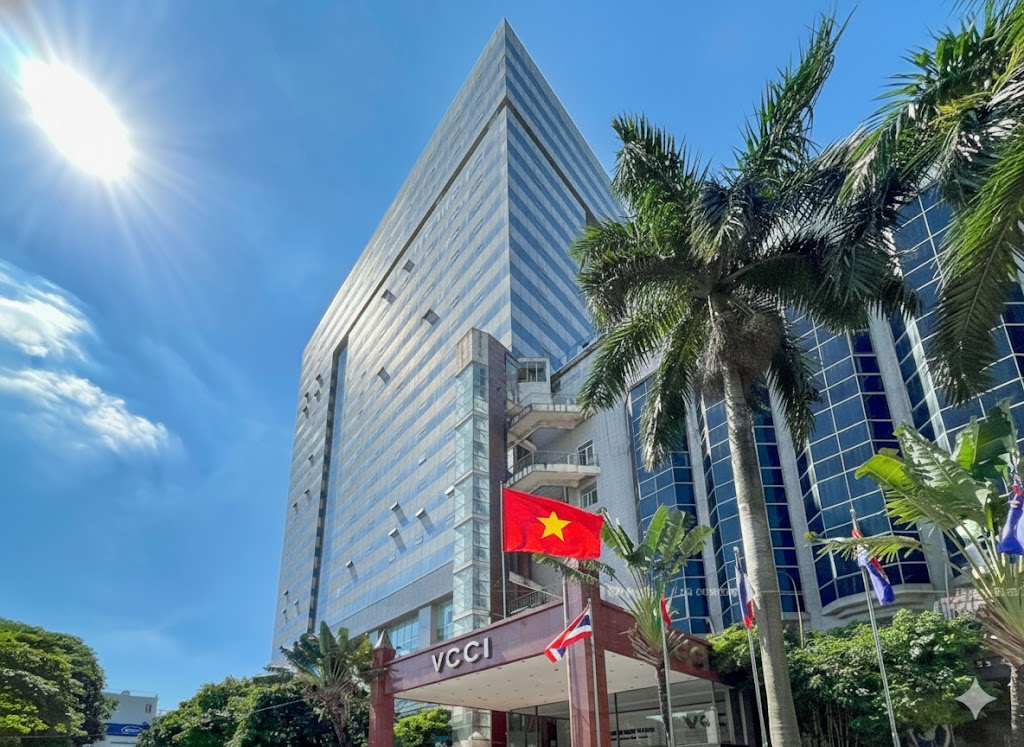Vietnam industrial real estate: Challenges from the new land price framework
Although industrial real estate has a lot of room to grow, both the government and businesses must take calculated risks and make sensible changes.

According to Cushman & Wakefield's most recent study, Vietnam's industrial real estate market expanded significantly in the third quarter of 24.
The continuing uptrend
Investment is still being drawn to important economic areas in both Northern Vietnam (Hanoi, Bac Ninh, Hai Phong, Hung Yen, Hai Duong, Vinh Phuc, Quang Ninh) and Southern Vietnam (Ho Chi Minh City, Binh Duong, Dong Nai, Long An, Ba Ria-Vung Tau).
With a 77% occupancy rate, Vietnam now possesses over 41,000 hectares of industrial land. For an industrial land rental period, the average primary rental price is USD 154/m². 10.3 million square meters of floor space are provided by the ready-built factories, which have a 76% occupancy rate and an average monthly rental price of 4.8 USD/m². In contrast, ready-built warehouses are 77% occupied, have a total floor area of 7.7 million m², and rent for an average of USD 4.6/m² per month.
Over 75% of industrial real estate is occupied nationwide, demonstrating the industry's high level of appeal. Electronics, semiconductors, solar energy, and electric vehicles (EVs) are the industries that use industrial real estate the most. The need for warehouse and storage space is also greatly influenced by the manufacturing, processing, and e-commerce sectors.
In Northern Vietnam, industrial real estate rents rose 5.7% year over year and 1% quarter over quarter, averaging US$130/m² per lease period. During 3Q24, some projects in Bac Ninh and Hung Yen had price increases of 10%. The average rent in Southern Vietnam increased 5.6% year over year to US$176/m²/lease period.
The primary causes of this price increase are high demand and limited supply in places with well-developed transportation systems and advantageous locations. Provinces with significant FDI capital flows and advantages in transportation connections, like Thai Nguyen, Bac Ninh, and Bac Giang, are desirable travel destinations.
Some barriers from the new land price framework
However, many analysts believe that the industrial real estate sector has been significantly impacted by Vietnam's new land price framework revision.
Mr. To Ngoc Ngoi, CEO of Vinafor Saigon JSC, claims that the rising cost of land leasing will cause businesses' land rental expenses to grow sharply. For instance, this business will have to pay more than VND 6.1 billion a year, which is almost 2 billion VND more than it did previously, for a 1,300 m² renting space in District 3, Ho Chi Minh City.
Many enterprises in Ho Chi Minh City's industrial parks are likewise worried about the sharp rise in land prices. According to a firm in the Nha Be area, the cost of renting land will rise by hundreds of times a year. Businesses find it extremely difficult to continue their operations and output as a result.
Furthermore, industrial parks have been having trouble setting land rental rates for a long time. The chairman of the Business Association of District 8 (HCMC), Mr. Tran Ngoc Dung, claims that despite their desire to pay land rental costs, several enterprises have not received land use right certificates. Plans for development and investment are upset by this.
The Ho Chi Minh City Export Processing Zone and Industrial Zone Management Authority (Hepza) recently suggested implementing an annual land rental charge of 0.25% to 0.3% of the land price in order to lessen the financial strain on businesses. The Department of Finance in Ho Chi Minh City is now working on this draft, which it will present to the City People's Committee.
Businesses and groups also suggested that in order to prevent a "shock" to the market, a plan is required for the implementation of the new land price framework. To lessen the financial strain on businesses, it is especially important to think about lowering the proportion of residential land value when determining land rental rates for commercial and service land.
Vietnam's industrial real estate sector is predicted to grow rapidly in spite of numerous obstacles. High-value sectors like solar energy and electric vehicles, as well as the growth of e-commerce, are driving this market.
Many experts projected that Vietnam would remain a desirable location for both domestic and global investors with better infrastructure and investment promotion policies. However, in order to sustain sustainable growth, businesses and the government must work closely together to address concerns related to infrastructure, legal processes, and land costs.








